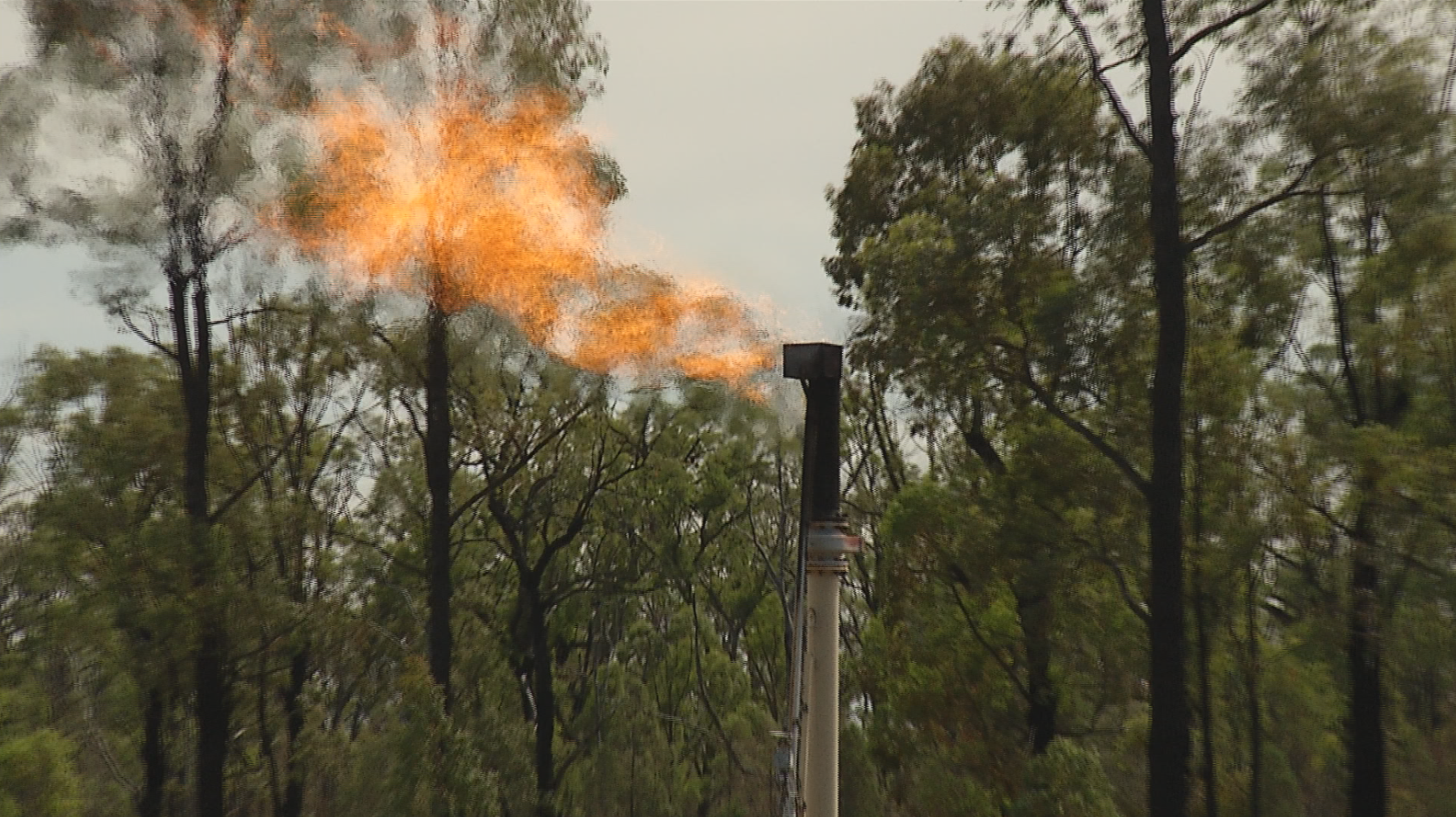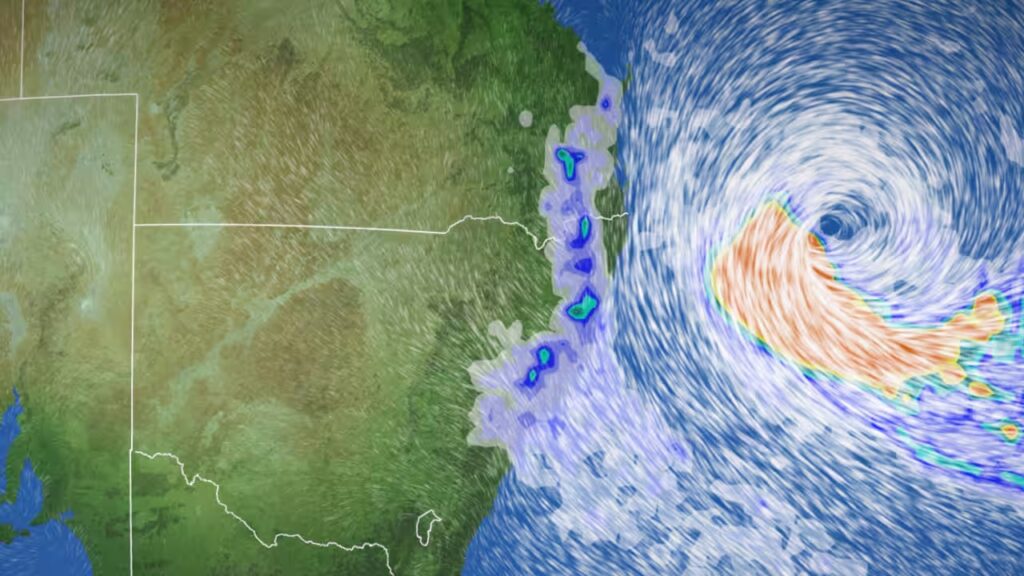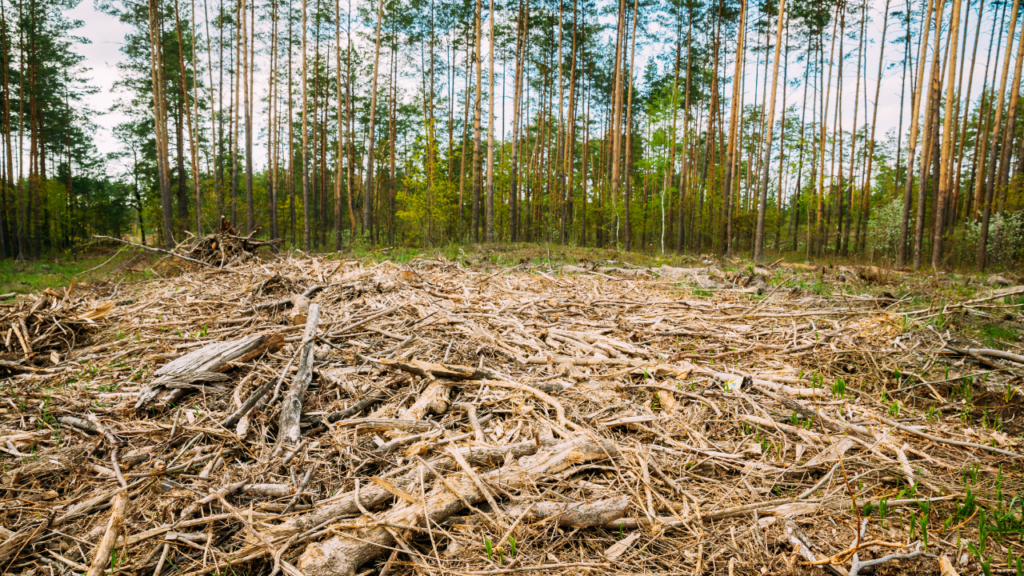Carbon capture and storage, or CCS, has been touted as a technology that could help lower Australia’s emissions. But does it stack up? Let’s cut through the spin and look at the facts.
Key points:
- Carbon capture and storage (otherwise known as CCS) is a licence to ramp up emissions.
- CCS will never be a ‘zero-emissions’ solution.
- CCS is eye-wateringly expensive.
- Chevron’s Gorgon Gas Plant in WA, which is the biggest attempt at a CCS project in the world, is a big, expensive failure.
WHAT IS CCS?
Carbon capture and storage (CCS) involves capturing, transporting and storing greenhouse gas emissions from fossil fuel power stations, energy intensive industries, and gas fields by injecting the captured greenhouse gases back into the ground. CCS is proposed in a range of different areas, but this fact sheet focuses on the forms of CCS attached to fossil fuel energy infrastructure. Not everything here applies equally to other uses of CCS.
CCS backers claim that it can be used to reduce the impact of emissions-intensive industries like cement, steel and chemical production. However, CCS will never be a ‘zero-emissions’ solution, particularly where it’s attached to highly-polluting coal and gas projects.
CCS IS A LICENCE TO POLLUTE
Carbon capture and storage is a licence to ramp up emissions. Around the world, CCS projects are being built to allow for continued oil and gas production – A use that still makes up almost three quarters of world CCS projects, not reduce emissions. In Australia, the coal and gas industry is pushing for CCS so it has a license to keep its polluting projects going, not because it wants to cut emissions.
IT’S EXPENSIVE
After decades of CCS research and billions of dollars invested around the world, including here in Australia, there is little to show for it. In fact, when CCS is attached to coal and gas power stations it is likely to be at least six times more expensive than electricity generated from wind power backed by battery storage. Every CCS project that has been undertaken so far has resulted in significant delays and massive cost blowouts. Even when they get a project up and running, CCS trial sites like Chevron’s Gorgon gas plant continue to belch out huge amounts of pollution.
Worldwide, CCS trials on coal-fired power stations have been monumental failures. The few that have got off the ground have grossly exceeded budget and schedule, massively underdelivered on carbon promised to be captured, and are now mostly shuttered. No company is prepared to underwrite a CCS project for the life of storage, leaving that risk to taxpayers.
It is far better and cheaper to avoid carbon emissions in the first place, rather than try to capture them after they’ve been released. Rather than wasting money on something that’s expensive and ineffective, Australia should be investing in the things we know can cut emissions quickly and bring down power prices – like renewables backed by storage.
Over the past decade, wind and solar have become cheaper each year and are now the cheapest type of new energy build. Over the same period, CCS has remained extremely expensive. There is not a single carbon capture and storage project in the world that has delivered on time, on budget, and captured the agreed amount of carbon.
AUSTRALIA’S EXPENSIVE CCS FAILURE
Chevron’s Gorgon Gas Plant in Western Australia is the biggest attempted CCS project anywhere in the world, which the previous Federal Government had highlighted as “a flagship”. Attached to a gas plant plagued by leaks and cracks which is frequently evacuated, the Gorgon CCS trial has been a big, expensive failure. The project has captured just under 5 million tonnes total, or about 12 per cent of the project’s total emissions and cost an estimated $3.1 billion.
CCS IS NOT A VIABLE CLIMATE SOLUTION
CCS has not been trialled and tested – anywhere in the world – at the scale required to tackle the climate crisis. When attached to fossil fuel developments – like coal, oil and gas – CCS is not a climate solution, as digging up and burning fossil fuels only adds to the problem. Global temperatures will not stop increasing until after emissions reach net zero. To achieve that we must stop digging up and burning fossil fuels. CCS is extremely expensive and cannot deliver zero emissions. The only solution is to stop burning coal, oil and gas.
When paired with coal and gas, CCS is simply an attempt to prolong the life of polluting fossil fuels in our energy system.
Want to know more about how gas is contributing to climate change? Watch this video!










